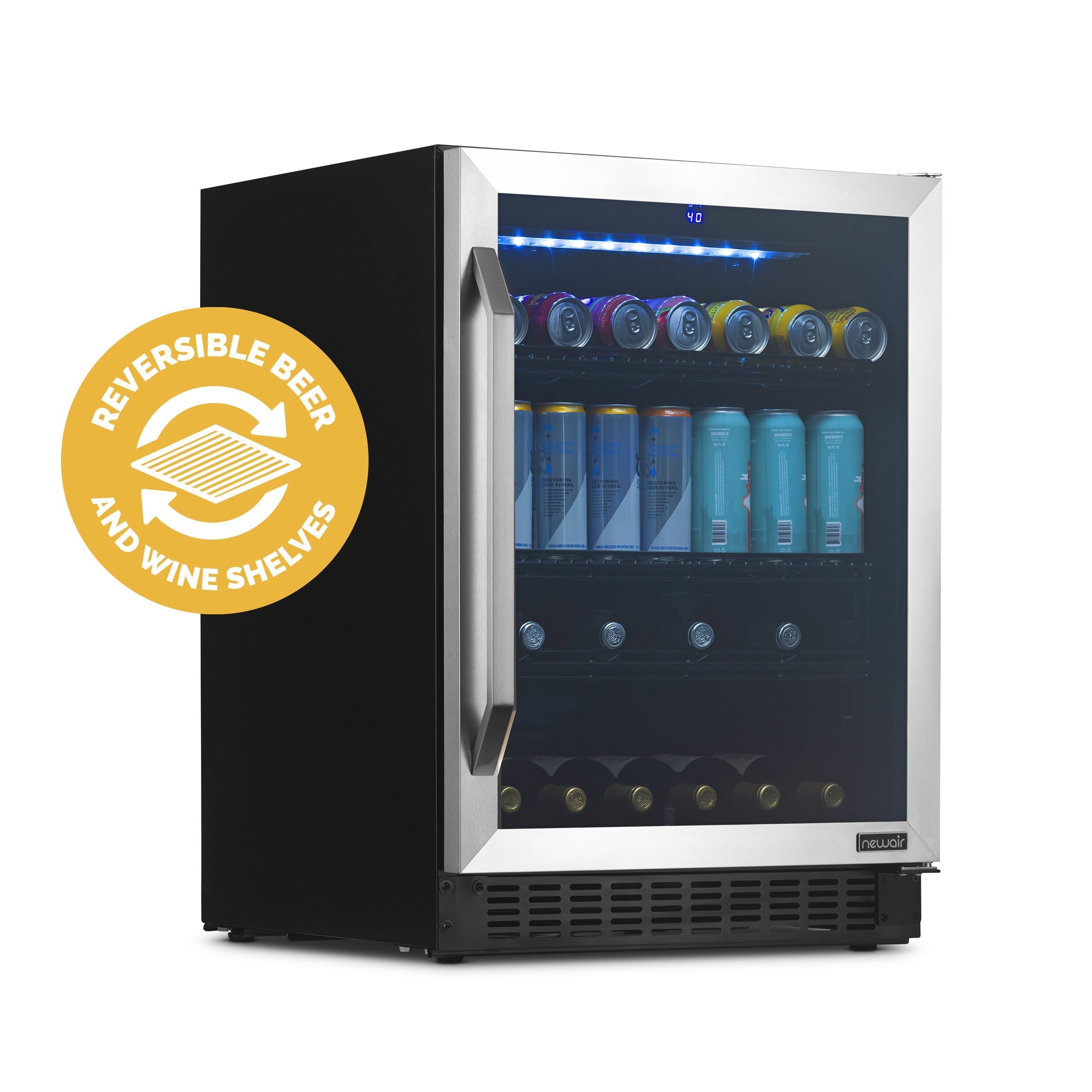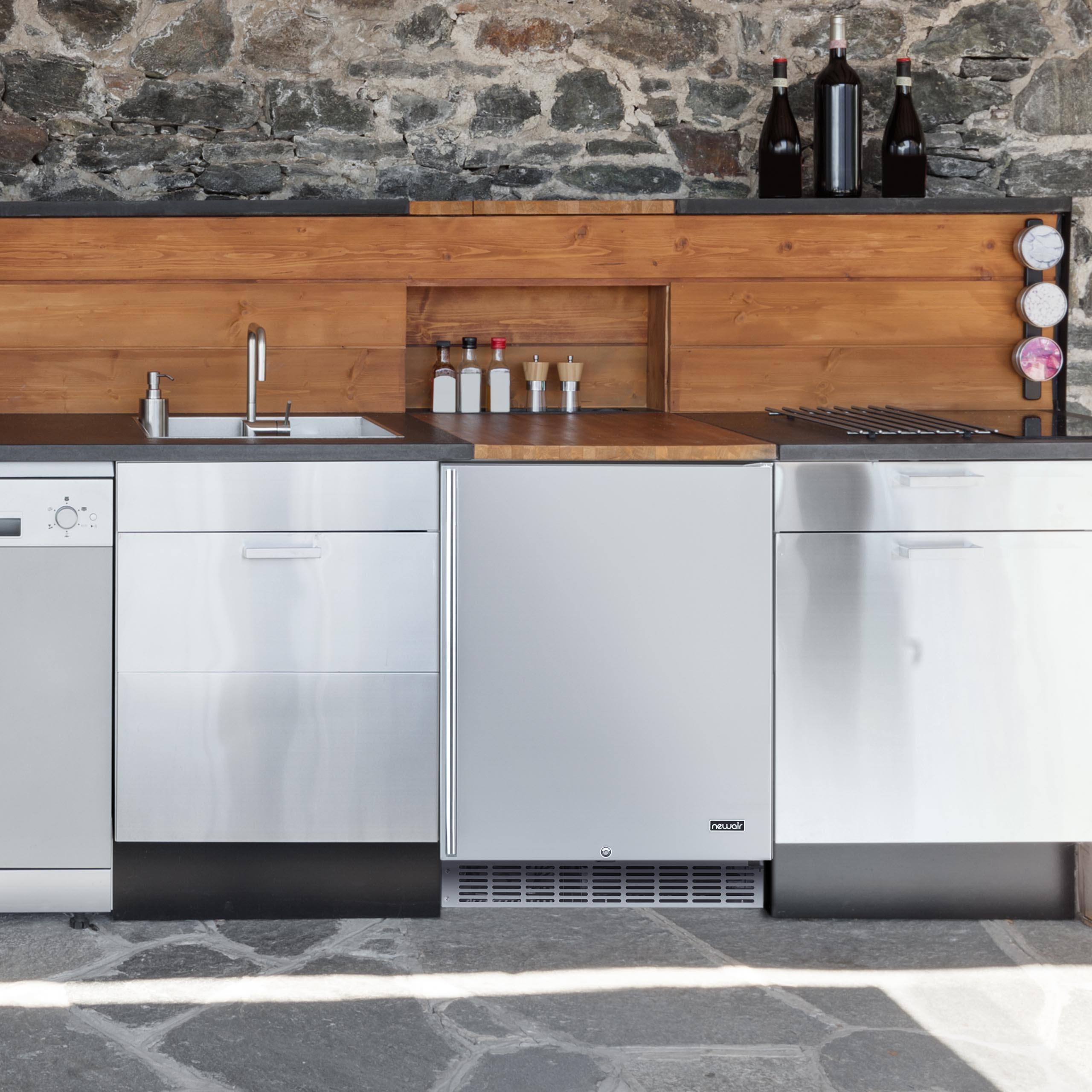Merlot and The French Paradox
Merlot accounted for 22 million cases a year shipped domestically in 2005, according to Bay Area-based wine consulting firm, Gomberg, Fredrikson & Associates. Pinot Noir’s numbers were just a fraction of Merlot’s with only 4.7 million cases shipped.
But in just 10 years Pinot Noir’s numbers rose to 11.5 million cases, while Merlot’s slid to 19 million.
Wine Scholars called it the “Sideways Effect” after the popular wine film that took a swipe at Merlot’s character but in truth Merlot sales were in decline before the 2004 movie.
The movie didn’t help but it wasn’t the daggar in the heart of the greatly popular varietal.
It is hard to stay relevant over time and like a Hollywood starlet, Merlot was once in the spotlight.
The French Paradox
Americans eat while the French dine.
In 1991 60 Minutes correspondent, Morley Safer answered the question of how the French could eat high fat food and have low rates of heart failure. The segment suggested that antioxidants in red wine promoted a healthy heart.
The average French person consumes 108 grams per day of fat from animal sources, while the average American consumes only 72 grams.
Morely Safer of 60 Minutes drinks red wineThe French eat four times as much butter, 60 percent more cheese and nearly three times as much pork as Americans.
Rates of death from coronary heart disease among males aged 35–74 years were 115 per 100,000 in the U.S. but only 83 per 100,000 in France.
Moderate consumption of red wine created lower cases of cancer, myocardial infarction and cardiovascular disease by increasing HDL cholesterol whilst reducing LDL cholesterol.
Scientists found that red wines have higher levels of polyphenols, antioxidants and the darker the wine, the higher the antioxidant content.
Red wines are also sources of resveratrol which have been linked to longevity and cancer prevention.
The demand for red wine skyrocketed and the New York Times wrote the 60 Minutes segment was seen as “potentially the biggest boon to the wine industry since the repeal of Prohibition.”
The consumption of red wine in the U.S. increased 44% in one year and some wine sellers began promoting their products as “health food”.
Growers capitalized on the craze and planted in areas that were not suited for Merlot and like everything mass produced some wines lost their complexity.
Wine drinkers got turned off by the mass produced Merlot whether they saw Sideways or not.
Since then, “a lot of low-end merlot got out of the game,” said Matthew Lewis, a Sacramento sommelier to the Sacramento Bee. “In my mind, a lot of the premier California Merlot producers are still the same, before and after the movie. On the flip side, what’s now getting overplayed in the market is bad Pinot Noir.”
Many producers are making Pinots that are big and bold to appeal to the Merlot drinker or growing high-alcohol, clunky Pinots.
Despite a loss in market share, Merlot still remains one of the most popular wine varieties .
History of Merlot
The name Merlot is thought to originate from the French word “merle”, the name for blackbirds and a reference to the dark blue-black color of the grape.
Merlot derives from the ‘biturica’ varietal and can be traced back to 1st Century in France.
It is one of the primary grapes used in Bordeaux wine and it is the most widely planted grape in the Bordeaux region.
It is widely blended with many other grapes providing a soft, luscious, velvety characteristic that softens other harsher varieties.
This makes for extremely drinkable young wines.
It’s a ‘drink now’ wine rather than a long term cellaring wine.
Ripe Merlot gives you lots of fruit flavors that include plums, cherry, raspberry with a little spice.
Merlot was used primarily as a 100% varietal wine in the early history of California wine.
Trefethen
Merlot: One Family, One Estate, One Passion
Academy award winning Sideways director Alexander
Payne received a magnum of Trefethen Merlot from owner and vintner, Janet Trefethen.
“The accompanying note read, ‘Dear Alexander Payne. I’ll bet Miles and Jack never tried Trefethen Merlot. Signed Janet Trefethen.’
That was such a lovely gesture,” says Payne. “I have been a fan ever since.”
After he exploded a batch of apple cider in a friends dorm room, John Trefethen started making small batches of wine in the basement of his parents’ Napa home.
His efforts of using trash cans as fermentation tanks were unpromising.
In 1973, aided by his new bride Janet, John produced Trefethen Vineyards’ first commercial wine. Just three years later, the winery’s 1976 Chardonnay earned “Best Chardonnay in the World” honors at the 1979 Gault Millau World Wine Olympics in Paris.
Janet Trefethen took responsibility for the winery’s marketing efforts and became one of the wine industry’s first female executives.
She was initially greeted with derision in the male-dominated world of wine but her savvy and personality established her as one of California’s most engaging wine personalities.
Trefethen 2013 Merlot
Vinter’s notes about the harvest of the grape, “The spring was warm
and dry, getting the vines off to an early start. The weather stayed warm throughout the summer but was free
of damaging heat spells. September brought a classic Napa Valley autumn with warm days and very cool
nights. With the consistent warmth, the harvest began about two weeks early. The beautiful growing season
resulted in truly exceptional wines—full of ripe flavors, developed in the sunshine, and balanced by natural
acidity from the cool nights.”
This Merlot is a bright ruby color with notes of spice and vanilla with an aroma of black cherry and ripe plum.
The mouthfeel is full and ends with a rich finish.
This Merlot is very food-friendly and pairs well with a wide range dishes from pasta to filet mignon. It is
also delicious with pork or lamb.
Mostly Merlot
Some theorize that Miles disdain for Merlot is due to the fact that it reminds him of his ex-wife, not because he hates Merlot.
In fact he drinks a 1961 Cheval Blanc at the end of the movie which is mostly Merlot.
Merlot still ranks as one of the country’s most popular wine more than a decade after the movie’s release.
According to data from Nielsen, Merlot accounted for 9% of supermarket wine sales in 2013, compared to 4 % for Pinot Noir.
Merlot outsells Pinot by nearly two to one, and is the fourth-most-sold varietal wine in the country after Chardonnay, Cabernet Sauvignon, and Pinot Grigio.
Jeff McBride, vice president of winemaking at Benziger Family Winery was quoted, “Merlot has re-established itself as one of the true members of grape royalty and distinction.”
Merlot Serving Temps
Merlot benefits from a warmer serving temp than white wine.
This allows the flavors to open up on your palate enjoy the plummy and soft flavors that characterize wines made from the Merlot grape.
When Merlot is too warm, the alcohol in the wine comes to the forefront, masking the subtle aromas.
When Merlot is too cold, you may miss the wine’s best characteristics.
The common misconception is that red wines, including Merlot, should be served at room temperature but most rooms have a common temperature of 70 degrees Fahrenheit.
This temperature is too warm for Merlot. This shift to a predominance of alcohol in red wine occurs above about 65 degrees Fahrenheit.
Merlot should be served at a temperature of between 55 and 65 degrees Fahrenheit.
To find out more about serving and storing your favorite Merlot check out NewAir.com




0 comments